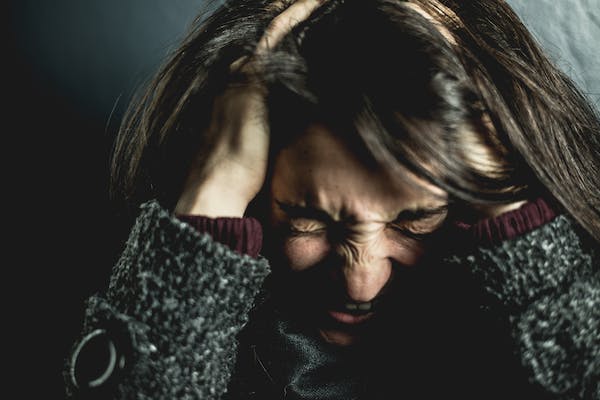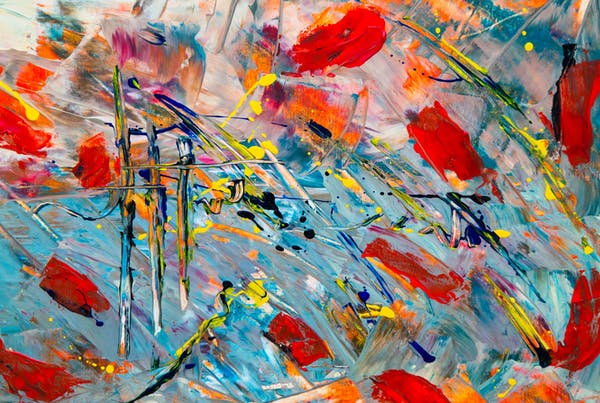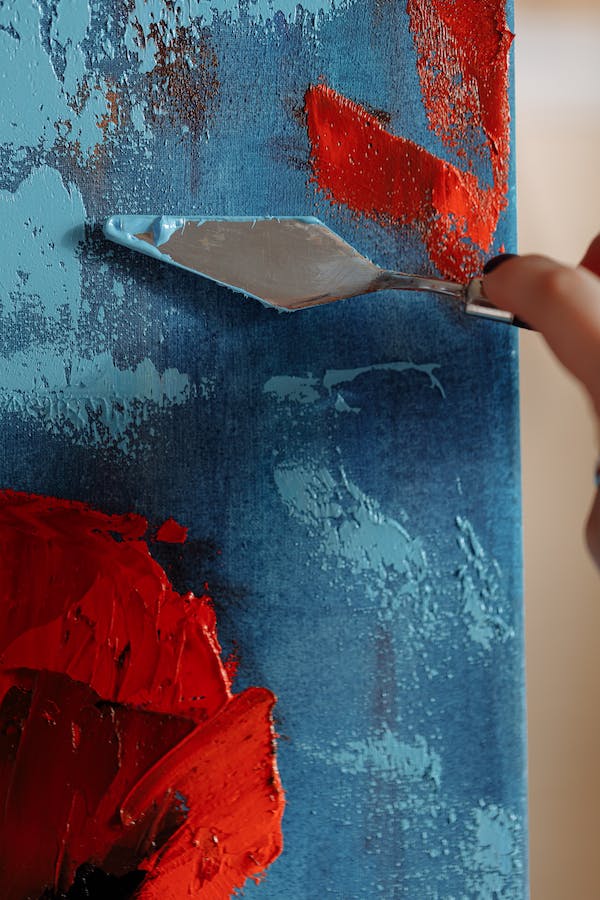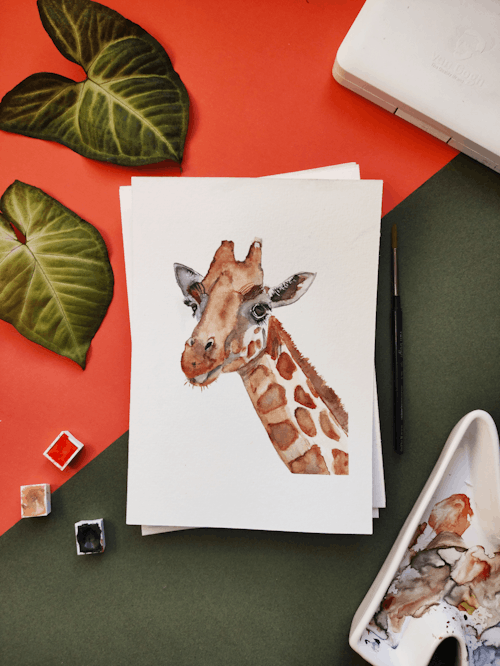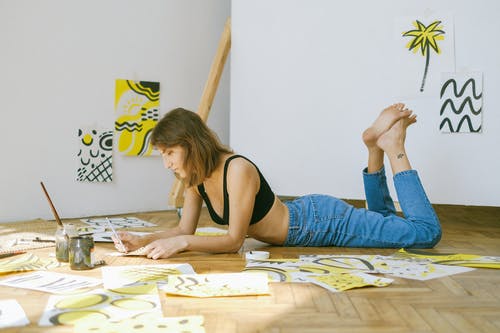
Art therapy is a form of expressive therapy that utilizes the creative process of making art to improve mental, emotional, and physical well-being. It is based on the belief that the act of creating art can be deeply healing and transformative, providing individuals with a unique outlet for self-expression, exploration, and reflection. From children to adults, individuals of all ages and backgrounds can benefit from the therapeutic power of art.
Self-Expression and Communication
One of the primary benefits of art therapy is its ability to facilitate self-expression and communication. For many individuals, verbal expression of emotions and experiences can be challenging. Art therapy provides an alternative means of communication through visual symbols, metaphors, and imagery. By creating art, individuals can externalize their thoughts and feelings, gaining insight into their inner world and sharing their experiences with others in a non-verbal manner.
Emotional Release and Processing
Art therapy offers a safe and supportive space for individuals to explore and process their emotions. Through the act of creating art, individuals can release pent-up emotions, such as sadness, anger, fear, and grief, in a constructive and cathartic way. The process of engaging with colors, shapes, and textures can help individuals access and express deeply buried emotions, leading to a sense of relief, release, and emotional integration.
Stress Reduction and Relaxation
Engaging in artistic activities can promote relaxation and stress reduction by activating the parasympathetic nervous system and promoting a state of mindfulness. The repetitive and rhythmic movements involved in creating art, such as painting, drawing, or sculpting, can induce a meditative state, reducing anxiety, tension, and cortisol levels. Art therapy provides individuals with a calming and centering experience, allowing them to find refuge from the demands of daily life and cultivate inner peace.
Self-Exploration and Insight
Art therapy encourages individuals to explore their inner thoughts, beliefs, and experiences in a supportive and non-judgmental environment. By creating art, individuals can externalize their inner conflicts, dilemmas, and aspirations, gaining insight into their values, strengths, and areas for growth. Through the process of self-exploration, individuals can develop a deeper understanding of themselves, their relationships, and their life circumstances, leading to greater self-awareness and personal growth.
Empowerment and Resilience
Engaging in art therapy can foster a sense of empowerment and resilience by providing individuals with a tangible outlet for creativity and self-expression. Through the process of creating art, individuals can reclaim their agency, autonomy, and sense of control over their lives. Art therapy encourages individuals to tap into their inherent creativity, resourcefulness, and resilience, empowering them to overcome challenges, navigate adversity, and envision new possibilities for themselves.
Art therapy offers a wealth of therapeutic benefits for individuals seeking to improve their mental, emotional, and physical well-being. From self-expression and emotional release to stress reduction and self-exploration, art therapy provides individuals with a powerful tool for healing, growth, and transformation. By engaging in artistic activities, individuals can access their inner wisdom, cultivate resilience, and embark on a journey of self-discovery and healing. Whether used in conjunction with other forms of therapy or as a standalone intervention, art therapy has the potential to profoundly impact the lives of those who embrace it.
